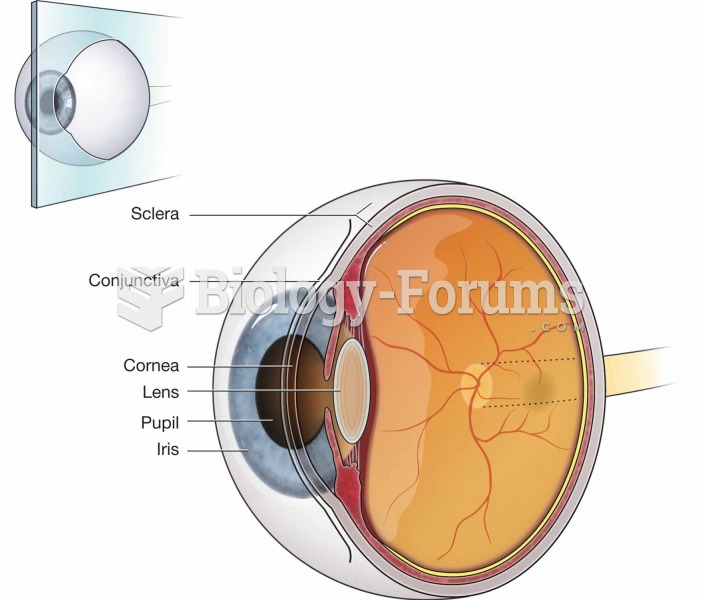Answer to Question 1
An internal memorandum is made up of the following six components:
HeadingThe heading of a legal memorandum contains the following four pieces of information:
The date on which the memo was submitted.
The name of the person for whom the memo was prepared.
The name of the person submitting the memo.
A brief description of the matter, usually in the form of a reference line.
Statement of the factsThe statement of the facts introduces the legal issues by describing the factual elements of the dispute. Only the relevant facts (those with legal significance) are included in this section. Facts should be presented objectively, and the paralegal should never omit any facts unfavorable to the client's case. The statement of the facts should also contain a logical and concise description of the events surrounding the conflict. One way to accomplish this is a chronological presentation of the facts.
Questions presentedThe questions presented address the legal issues arising from the factual circumstances described in the statement of the facts.
Brief conclusionThe brief conclusion (or short answer or brief answer) sets forth succinct responses to the questions presented in the previous section. The responses may vary in length from a simple yes or no followed by a one- sentence summary of the reason for the answer, to a full paragraph explanation of a complicated issue.
Discussion and analysisThe discussion and analysis section of the legal memorandum contains a discussion and legal analysis of each issue to be resolved. This section should be organized into separate parts when multiple issues are involved. The reader expects to find a thorough analysis of the law. Points of law should be identified and supported with proper citations. You may also include quotes from cases or texts of statutes.
ConclusionThe conclusion is the culmination of a legal memo. The analysis should conclude by taking a position, which is your opinion of how the issues discussed may be resolved.
Answer to Question 2
The four types of legal correspondence are:
Informative letterA letter that conveys information to another person. An example of an informative letter is a letter written to inform a client about current developments in a case.
Confirmation letterA letter that puts into written form the contents of an oral discussion. It provides a permanent record of the conversation and safeguards against misinterpretation or misunderstandings of what was communicated orally. An example of a confirmation letter would be a letter written to confirm the settlement of a lawsuit that was negotiated orally.
Opinion lettersThe function of opinion letters is to provide information and legal advice. Opinion letters give a legal opinion about a matter discussed. Attorneys providing opinion letters are required to give a detailed analysis of the law and bring the analysis to a conclusion, setting forth the firm's opinion on the matter. Opinion letters may also be used to inform a client of the legal validity of a specific action. An example of an opinion letter would be an attorney preparing a letter to a client explaining the legal ramifications of accepting a proposed property settlement from the other spouse in a divorce action.
Demand lettersLetters that are adversarial in nature and seek to advance the interests of a client. Usually, a demand letter attempts to persuade the reader to accept the position most favorable to the client. A demand letter should adopt a serious and persuasive tone, and the client's demand must not be frivolous. It should not come across as unreasonable or harassing. An example of a demand letter would be an attorney drafting a letter to a client's debtor, demanding payment for an amount owed under a contract.






